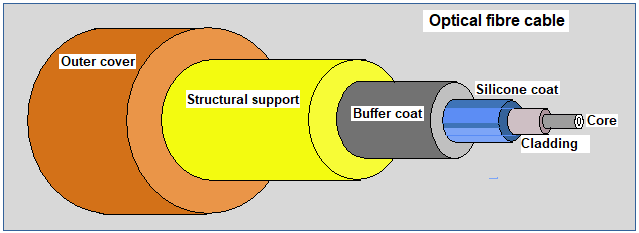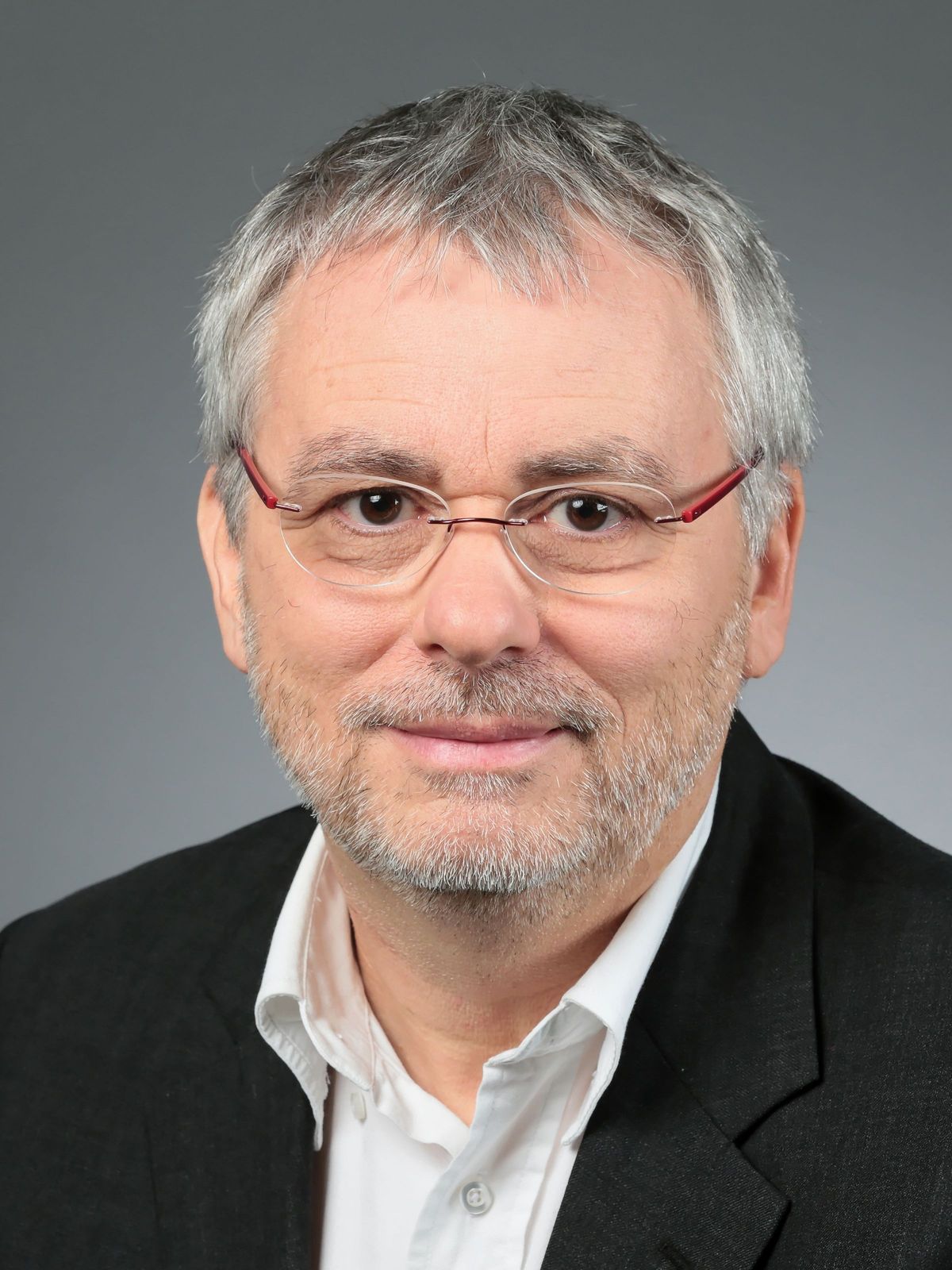Innovations in the optical fibre may turn the data stream into a data flood, says S.Ananthanarayanan.
The Internet has changed the world beyond recognition. And this is thanks to new channels of worldwide communication – which became possible when electrical signals were replaced by light, and copper wires by filaments of glass – the optical fibre cable.
Professor Luc Thévenaz, with Fan Yang and Flavien Gyger, from the Ecole Polytechnique Fédérale de Lausanne, in Switzerland, report a way around what is considered a limitation and further increase the reach of the optical fibre. Writing in the journal, Nature Photonics, they describe how the Hollow Core Fibre where the glass in the fibre is replaced by any gas, can be made to work better, and in more ways, than the solid glass fibre.
The conventional Optical Fibre Cable is a narrow, literally less than a hair’s breadth, thread of glass, contained in protective sheathing, that transmits rays of light. The light rays strike the sides of the narrow glass channel at glancing angles and stay within the cable, for hundreds of kilometres, with negligible loss. As the speed of light in glass is not the same for all colours, however, an ordinary light ray would get split into its component colours. The light ray hence has to be accurately of a single colour, and hence has to be a laser beam. The laser also ensures that the beam is narrow and stays compact in its passage through the cable.

Although the loss of signal strength is low, after a distance, there does come a point where the beam strength needs to be refreshed. One way to do this is to read the signal and then generate a fresh, full strength signal. What is done, however, is to refresh the signal within the cable, by building in a laser action that is activated by the original, but enfeebled beam. This amounts to building into the optical fibre the same mechanism that generated the original beam, which has now become feeble.
A laser works with the help trace impurities that are added, and which absorb the energy of a source of light, and store the energy for a short time, for release in tandem with pulses of light that stimulate emission. If this process repeats within a resonating cavity, energy can build up, for release as a beam of light that is intense, and, in addition, with the photons all in the same phase of oscillation, because of the manner of their creation. In the glass filament of the optical fibre also, a trace impurity is introduced, of atoms that absorb photons from an external source of energy and then, on stimulation by photons of the enfeebled laser light, release the stored energy with greater intensity.
One of the reasons that a beam gets weakened while passing through the fibre is that it gets scattered. There could be just random scattering, which is the same light in all directions, or there could be scattering where photons of light gain energy from the scattering centres, or give up some energy. In these cases, the colour of the scattered light gets modified. And yet another way, where the electric vibrations of the light waves, of the signal and the external source, set up periodic movements, and hence changes in the optical properties of the material of the fibre. When this third kind takes place, the much lower speeds of mechanical waves, compared to light waves, results in the wavelengths being of similar dimensions and there is interference. This can give rise to a reflected, or reverse propagating optical wave, and by selecting the frequency of the external source, there can be transfer of energy to the signal wave
This kind of scattering, which the signal beam itself gives rise to, is called Stimulated Brillouin Scattering, named after Léon Brillouin, who, in 1922, predicted scattering by density variations in materials. This kind of scattering can influence the working of the fibre channel and is a reason that the amplification of the signal in optical fibre needs to be regulated.
The hollow core fibre
These limitations and possibilities apart, there is always the desire to increase the distance that a light beam can travel before it needs to be amplified. One way is to use a hollow glass filament, in place of a solid one. Light then travels through the gas in the hollow cavity, and is scattered a lot less than when it travels through glass. While this is a great advantage, there is a down side - finally, when the beam does need to be amplified, the use of a gas does not offer us the solutions that we have with solid material like glass. This is where the work of Thévenaz and his colleagues comes in to overcome the obstacle – to “square the circle,” as Thévenaz puts it.

This periodic clumping together of matter, with a distribution comparable with the wavelength of the light, affects the interaction of the light waves in a manner similar to what happens in the solid fibre. And there is transfer of energy from the external source to the signal – which is amplification – 6 times that with glass-filled fibres, the paper says. The ‘circle is hence squared,’ the advantages of using gases, these include being able to withstand high intensity and being transparent to frequencies from the infra-red to ultra-violet, are all there, and now we have amplification too.
“The idea had been going around my head for about 15 years,” Luc Thévenan says in a press release. And the work with colleagues in the EPFL lab at Lausanne, near Geneva, Thévenan has brought in this new technology.

With evident value in improving communications with the use of optical fibre, gas filled cavities present other applications too. One such is to adapt the arrangement to work as a Brillouin laser. Another is in sensing temperature variation along the length of the fibre. When solid glass fibre is used, it is possible to detect changes in the Brillouin scattered radiation, because of temperature change, or physical deformation. This effect on underground optical fibre cables is being used to map earth tremors. The changes in the scattering because of temperature changes, however, cannot be told apart from changes caused by strain or physical deformation. When the fibre is gas-filled, on the other hand, it is only the temperature that affects the speed of sound, or mechanical effects in the gas. A gas-filled optical fibre cable running through a tunnel could thus pinpoint a fire anywhere along its length!
------------------------------------------------------------------------------------------ Do respond to : response@simplescience.in-------------------------------------------